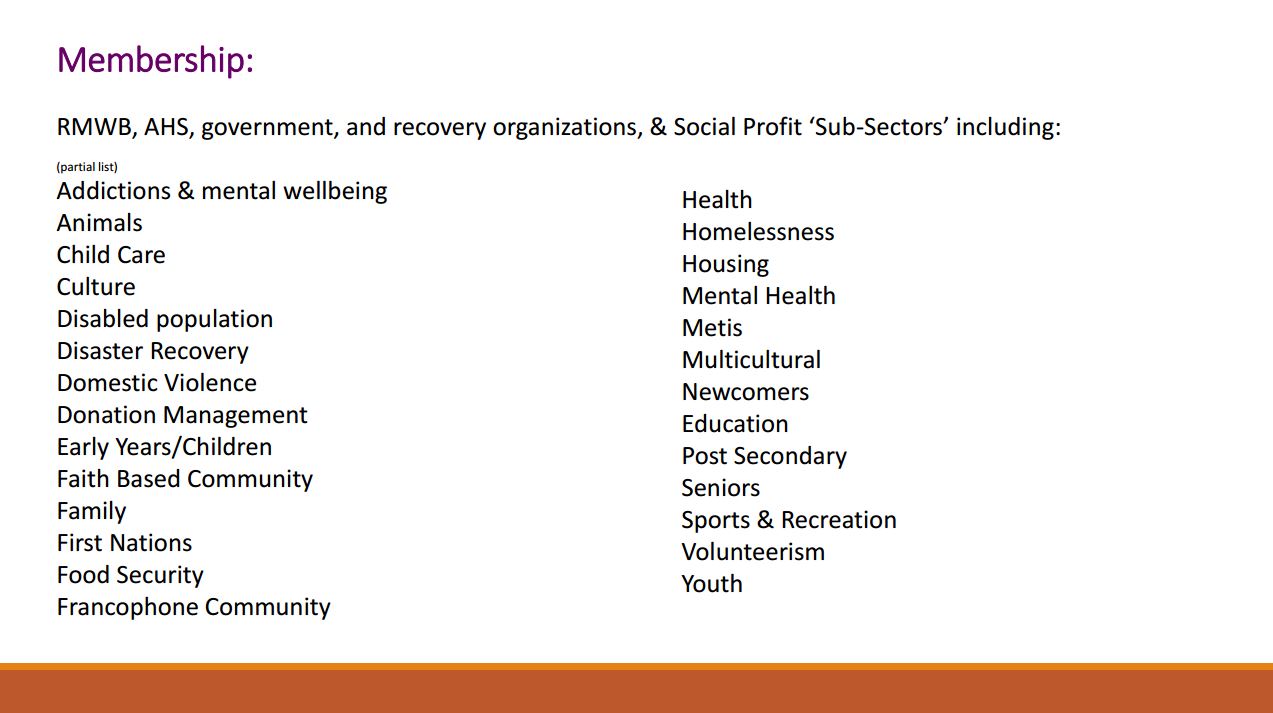Accessing support services through the various charities across our region is about to get easier, taking some of the burden off the people who need help most.
The Social Recovery Task Force has created a streamlined intake form that families and those in need in our community will need to fill out just once, instead of having to fill out similar information when they access the services of various charities in town. Once the general intake form is complete, they’ll then be given a card that they can present when they seek assistance rather than going through the lengthy intake process again.
“There’s going to be a list of organizations that we will reveal in the upcoming weeks or months that buy in and sign the memorandum of understanding,” said Chantal Beaver, Social Recovery Taskforce. “Those organizations will all have the ability to complete the intake.”
Once the form is complete at one organization, at the Wood Buffalo Food Bank, for example, the person wouldn’t have to fill out a new form to access services from, for example, the United Way, because they’d already have the card with all their information on it.
The new cards, which will be called PATH Cards, will also help ensure there’s no duplication of services, which will mean more people can get the help they need.
The forms aren’t ready yet but they will be available at a number of local organizations, the list of which will be made available as soon as it’s ready.
There are several agencies working together within the Social Recovery Taskforce across governmental and non-governmental organizations.
Below is a list of the areas of the social profit sector in which member agencies work to support this community.

In the meantime, the task force is working on securing a local warehouse to serve as a one-stop-shop for larger items like furniture and clothing that were donated to help those who lost their homes in the wildfire.
Right now those items are being stored in Edmonton but they will need to be available locally as more people begin moving into their rebuilt homes.
While the need for the one-stop-shop concept has been made more urgent by the wildfire recovery effort it’s something this community has needed for some time.
“It’s not completely new and it’s something we’ve known that it would be easier if we had a one-stop facility but we haven’t been able to quite get there,” said Diane Shannon, Social Recovery Taskforce. “Not to say that organizations aren’t doing this work, the Salvation Army has certainly been involved in supporting client needs for a long time, the Support Through Housing team specifically addresses furniture and household good needs for their clientele, but those are all in different locker storage units in different places, so being able to have everything in one place and diminish that duplicate work, energy, and resources will be a win for the community.”
One of the challenges they’re facing is developing the operation structure to manage the facility, whether it is a collaborative effort or something one organization champions.
“It’s important that any organization that takes that on it is within their strategic priorities and their mandate,” said Beaver. “We certainly don’t want to promote mission drift for any organization so we are convening this as a collaborative conversation at its onset.”
There is also room for donors and sponsors to play a role in creating the one-stop facility, either by providing the space free of charge or at a discount or by providing the financial support needed to rent the space. It would answer a significant and urgent need for the community.
Shannon and Beaver said industry is already involved in the conversation and has been at the table in the early talks.
More information on where to access the supports will be made public as soon as it’s available.







